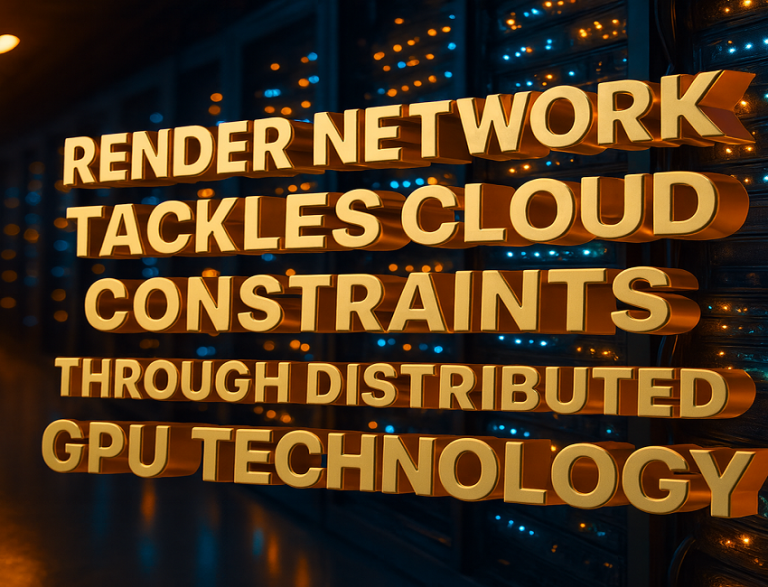
In the ever-evolving landscape of technology, the transition from traditional servers to GPU-powered data centres marks a significant milestone. This evolution not only enhances computational power but also transforms how businesses and industries operate. This article traces the timeline of this journey, highlighting the rise of cloud computing, the emergence of GPU-powered supercomputers, the profound impact of Bitcoin mining, and the transformative role of artificial intelligence (AI).
The Rise of Traditional Servers
1960s – 1980s: The Birth of the Server
The concept of servers emerged in the late 20th century, primarily within mainframe computers. These early systems were large, expensive, and primarily used by businesses for data processing and storage. The introduction of the client-server model in the 1980s allowed multiple users to access resources from a central server, setting the stage for future developments.
1990s: The Server Boom
The 1990s witnessed a boom in server technology, driven by advancements in hardware and software. The proliferation of the internet created a demand for web hosting and online services, leading to the establishment of data centres filled with traditional rack-mounted servers. However, these systems struggled with scalability and performance, particularly as data demands grew.
The Cloud Computing Revolution
Early 2000s: The Emergence of Cloud Computing
The early 2000s marked the advent of cloud computing, a paradigm shift that allowed users to access computing resources over the internet. Major players like Amazon Web Services (AWS) launched services that made it easier for businesses to leverage remote servers without investing in physical infrastructure. This reduced costs and increased flexibility, leading to widespread adoption.
2010s: The Cloud Becomes Mainstream
By the 2010s, cloud computing had become mainstream. Companies began migrating their operations to cloud platforms, taking advantage of scalability and on-demand resources. However, traditional servers still relied heavily on CPU-based processing, which limited their ability to handle complex computational tasks efficiently.
The Rise of GPU-Powered Supercomputers
2006: The Introduction of GPUs
Graphics Processing Units (GPUs), initially developed for rendering graphics in gaming, began to be recognized for their parallel processing capabilities. Researchers discovered that GPUs could perform complex calculations at speeds far exceeding traditional CPUs, making them ideal for data-intensive tasks.
2010s: GPUs Enter the Mainstream
As data analytics, artificial intelligence (AI), and machine learning gained traction, the demand for GPU-powered systems surged. Major tech companies like NVIDIA began to focus on developing GPUs specifically for data centres, leading to the rise of GPU-powered supercomputers. These systems could handle massive datasets and perform complex calculations, revolutionizing sectors such as healthcare, finance, and scientific research.
2020s: The Era of AI and Big Data
Today, GPU-powered data centres are at the forefront of AI and big data analytics. Industries are harnessing the power of GPUs to train complex models, analyze large datasets, and deliver real-time insights. The shift from traditional CPU-based systems to GPU architecture has enabled significant advancements in technology, fostering innovations that were once thought impossible.
The Transformative Impact of Artificial Intelligence
AI’s Growing Role
The integration of AI into various sectors has been a game changer. From natural language processing to image recognition, AI applications require immense computational power. This is where GPU-powered data centres shine. The parallel processing capabilities of GPUs allow for the rapid training of neural networks, enabling organizations to develop sophisticated AI models that can learn and adapt.
Applications Across Industries
AI’s influence spans numerous industries. In healthcare, for example, GPU-accelerated systems facilitate the analysis of medical images, assisting in early disease detection and personalized treatment plans. In finance, AI models powered by GPUs analyze market trends and detect fraudulent activities in real time. Similarly, in the automotive industry, AI algorithms are crucial for developing autonomous vehicles, relying on extensive data processing capabilities.
The Future of AI and Data Centres
As AI continues to evolve, the demand for GPU-powered data centres will only increase. The ability to process vast amounts of data quickly is critical for advancing AI technologies. Organizations are investing heavily in GPU infrastructure to stay competitive, ensuring that they can harness AI’s full potential.
The Transformative Impact of Bitcoin Mining
2009: The Birth of Bitcoin
The introduction of Bitcoin in 2009 marked the beginning of a new era in digital currencies. Mining, the process of validating transactions and adding them to the blockchain, initially relied on CPUs. However, as Bitcoin’s popularity grew, so did the complexity of mining.
2010s: The Shift to GPUs
As miners sought to increase their computational power, many transitioned from CPUs to GPUs. The parallel processing capabilities of GPUs made them far more efficient for mining, leading to the establishment of large-scale mining operations. This surge in GPU demand fueled the growth of GPU manufacturers and further pushed the development of high-performance computing systems.
The Current Landscape
Today, Bitcoin mining has evolved into a massive industry, with dedicated data centres utilizing thousands of GPUs to validate transactions. This surge has not only impacted the cryptocurrency market but has also driven innovations in energy-efficient computing and sustainable practices within data centres.
Conclusion
The journey from traditional servers to GPU-powered data centres represents a monumental shift in the technology landscape. As cloud computing became mainstream, the introduction of GPU-based systems revolutionized how industries process data, paving the way for advancements in AI, big data, and cryptocurrency mining. The integration of AI into this landscape accelerates innovation and transforms industries, ensuring that the future of computing is not only powerful but also intelligent. As we look ahead, the continued evolution of GPU technology promises to unlock new possibilities, driving progress across various sectors and shaping the future of technology.



